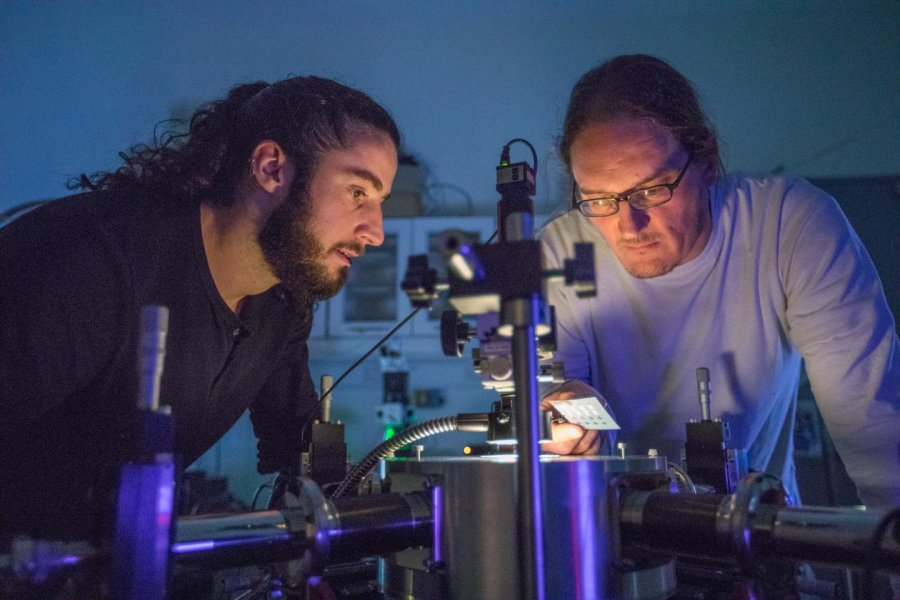The latest dumb thing to get smart tech: milk cartons
Created from nanomaterials

Materials scientists have fabricated printed transistors that consist entirely of 2D nanomaterials for the first time - a breakthrough that could herald the arrival of cheap, flat displays mounted on almost anything.
"We believe that 2D nanomaterials can compete with the materials currently used for printed electronics," said Jonathan Coleman, from Trinity College in Dublin. "Compared to other materials employed in this field, our 2D nanomaterials have the capability to yield more cost effective and higher performance printed devices."
Two-dimensional nanomaterials are especially suited for this purpose because they have a range of interesting electronic properties but they're also easy to produce in large quantities at a low cost.
The breakthrough here, though, is in showing that different kinds of nanomaterial - conducting, semiconducting and insulating - can be combined together in complex devices.
"We believe this work opens the way to print a whole host of devices solely from 2D nanosheets," said Coleman, who led the research.
Substantial scope
In tests, Coleman's team used standard printing techniques to combine nanosheets of graphene with two other nanomaterials - tungsten diselenide and boron nitride - to form a working transistor.
While the performance of their transistor can't yet match traditional transistors, the team claims there's substantial scope for improvement. "In the future, printed devices will be incorporated into even the most mundane objects such as labels, posters and packaging," said Coleman.
Get daily insight, inspiration and deals in your inbox
Sign up for breaking news, reviews, opinion, top tech deals, and more.
He added: "Printed electronic circuitry (constructed from the devices we have created) will allow consumer products to gather, process, display and transmit information: for example, milk cartons could send messages to your phone warning that the milk is about to go out-of-date."
"We believe this work opens the way to print a whole host of devices solely from 2D nanosheets."
Coleman and his colleagues published details of their work in the journal Science.
